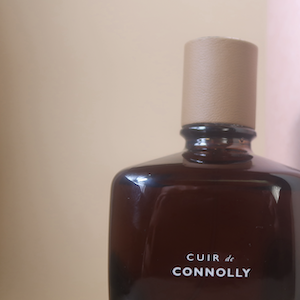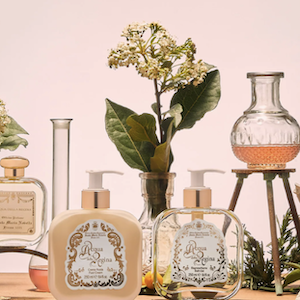Venice and Tea
By Charlene Pepiot
From the shining gold papyrus linen of Egypt to the luxurious silk textiles of China via the sturdy metals of Europe, all of these and more passed through the island of Venice in its golden age. For centuries, this Italian city had linked cultures and places together through its trade. How did such a small coastal city gain the renowned legacy it holds today, and how is it interpreted in this modern age? Read Venice and Tea here, to find out more.
Lefthand image by Hannah Taylor-Eddington.
The answer to Venice’s success is quite simple: Location. The sweeping city rests on the north end of the Adriatic Sea, which allowed it to control trade between Europe and the Middle East. The city soon became a renowned outlet for trade in the Middle Ages and Renaissance. Eastern goods would arrive by sea in the Venice ports and would then be dispersed throughout Europe.

Image by blende12 from Pixabay
Following the 14th century, new routes for transporting goods were discovered. Yet, Venice remains in the public eye to this day as tourists flock to the city dubbed by some as the most beautiful in the world. Sporting endless canals, cobbled streets and pastel-coloured buildings, Venice’s beauty draws people to visit from around the world just as its trade attracted merchants in ages past.
Its modern-day heritage is also kept alive by those that live and work in this most gifted of sites. For example, the perfume company The Merchant of Venice, continue the city’s legacy of connecting people through trade by celebrating ingredients from around the world.
The luxury fragrance house creates products for men and women as well as body care and home fragrance. Each creation is encased in a gorgeous bottle reminiscent of Venice’s modern beauty while using the finest spices and fragrances that Venice past dabbled in.
Some bottles are even created with Venice’s famous Murano glass crafted with exquisite detail and quality. A bottle from The Merchant of Venice exemplifies the best of the city throughout its history in both design and contents.
The Merchant of Venice truly goes back to Venice’s trading roots with their tea-inspired Venezia & Oriente perfume collection. Drawing inspiration from the rare and high-quality varieties of Asian tea brought to Venice by the explorer Marco Polo, The Merchant of Venice has expertly crafted elixirs inspired by Asia’s finest teas.

Their first Tea creation was based on Blue Tea from China, which is characterized by a simple yet sophisticated blue-violet flower that conveys all the beauty and finesse of Asiatic charm.
The latest fragrance to partner with the Blue Tea Perfume is Gyokuro Eau de Parfum, inspired by Japan’s Gyokuro tea. Gyokuro means jade dew and references the delicate colour the leaves release when infused.
The perfume emits a unique and intense scent that is slightly sweet and refreshing. The perfume features a blend of green tea, lotus flower and a distinctive dash of peach and tuberose extract. Woody and amber notes rest in the base to leave an enveloping trail in their wake.
The perfume opens with a slight spice of warm Black Pepper, fresh spring-like Neroli, and luscious Exotic Fruits. The Gyokuro Tea fuzes with perfectly juicy Peach and very sexy Tuberose Extract, with the twist of Asian heritage via the Lotus Flower. To finish off, find warm woody yet lightness with Sandalwood, dry grassy earthy Vetiver, and deep and animalic touches of Amber Gris.
The bottle of Gyokuro Eau de Parfum is also expertly crafted for the collection and has a white varnish that enhances the blue pictorial designs and its red cap and tassel; all echoing the connection of faraway lands.
From the Gyokuro Eau de Parfum’s ingredients to the beautifully precious box it is stored in, this perfume pays homage to Japan and the tea industry Venice once partook in. Now we can relive it, via a scented love letter encased in a perfume bottle.
Discover The Merchant of Venice’s offerings here, Exclusively available at Harrods Here
If you enjoyed reading Venice and Tea, learn more about The Merchant of Venice brand here.
.Cent magazine, London, Be Inspired;Get Involved





